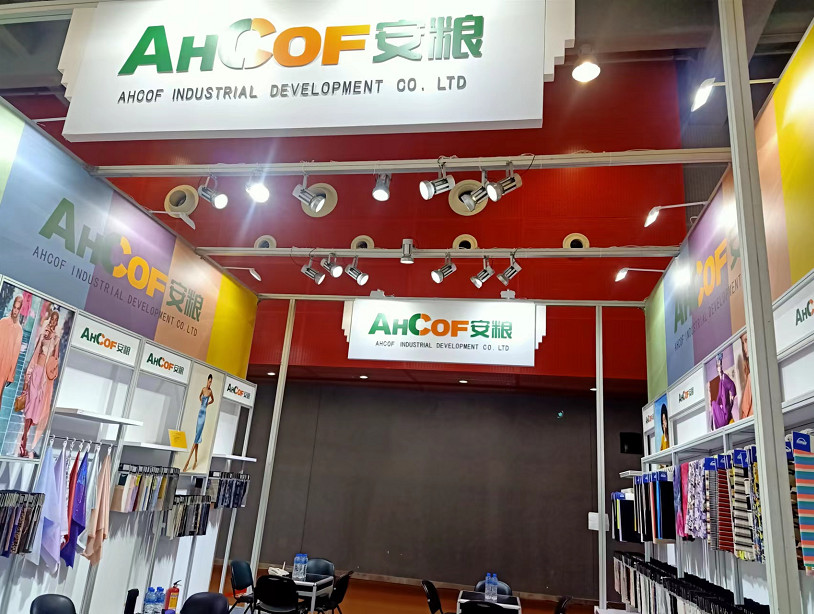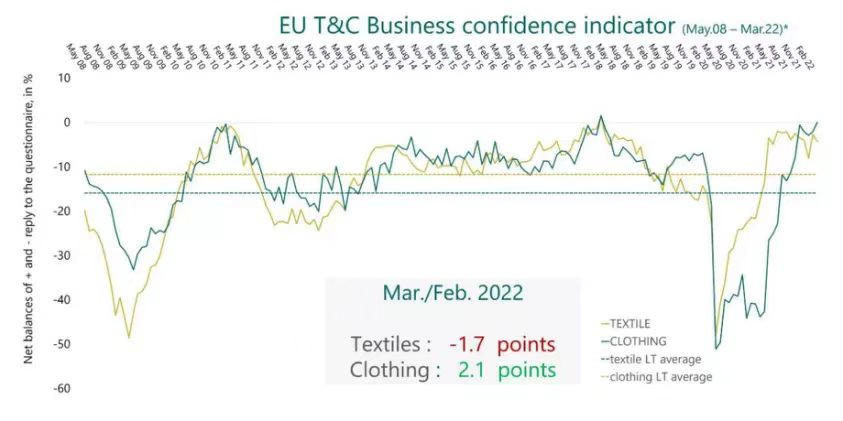Note to Chinese Companies:
- European Textiles Have Recovered to Pre-epidemic Levels!
2021 is the year of magic and the most complex for the global economy. In the past year, we have experienced the tests of raw materials, sea freight, rising exchange rate, dual carbon policy, power rationing and so on. Entering 2022, the global economy still faces many destabilizing factors.
Domestically, repeated outbreaks in Beijing, Shanghai and other cities have put enterprises at a disadvantage. On the other hand, the lack of demand in the domestic market may further increase import pressure. Internationally, the virus strain continues to mutate, and global economic pressure has increased significantly. International political affairs, the Russia-Ukraine war and the sharp rise in raw material prices have brought more uncertainties to the future development of the world.

What will the international market look like in 2022? Where should Domestic enterprises go in 2022?
In the face of the complex and changeable situation, we pay close attention to the development trend of the global textile industry, learn more diversified overseas perspectives from domestic textile peers, and work together with the vast number of colleagues to overcome difficulties, find solutions, and strive to achieve the goal of trade growth.
Textiles and clothing play an important role in European manufacturing. European countries with relatively developed textile industry include Britain, Germany, Spain, France, Italy and Switzerland, whose output value accounts for more than one fifth of the global textile industry and is currently worth more than 160 billion DOLLARS.
As hundreds of leading brand, the international well-known designers, as well as the prospective entrepreneurs, researchers, and education workers home, the European demand for high quality textiles and high-end fashion products have been growing, not only including the United States, Switzerland, Japan, or Canadian high income countries, including China and Hong Kong, Russia, Turkey and the Middle East and other emerging countries and regions. In recent years, the transformation of European textile industry has also led to a sustained increase in the export of industrial textiles.
For 2021 as a whole, the European textile industry has fully recovered from the strong contraction in 2020 to almost reach pre-pandemic levels. However, due to the COVID-19 pandemic, a slowdown in the global supply chain has led to global supply shortages, which have severely impacted consumer patterns. The continuous rise of raw material and energy prices has an increasing impact on the textile and garment industry.
While growth was slower than in previous quarters, the European textile industry expanded further in the fourth quarter of 2021, during which the apparel sector improved significantly. In addition, European exports and retail sales continued to grow due to strong internal and external demand.
Europe's textile business confidence index is down slightly (-1.7 points) in the coming months, largely due to local energy shortages, while the garment sector remains more optimistic (+2.1 points). Overall, industry confidence in textiles and apparel is higher than the long-term average, which was in the fourth quarter of 2019 before the pandemic.

The EU T&C Business Confidence indicator for the months ahead fell slightly in textiles(-1.7 points),probably reflecting their energy-related challenges,while the clothing industry is more optimistic(+2.1 points).
However, consumers' expectations about the overall economy and their own financial future fell to record lows, and consumer confidence fell with them. The retail trade index is similar, mainly because retailers are less confident about their expected business conditions.
Since the outbreak, the European textile industry has renewed its focus on the textile industry. Many changes have been made in the manufacturing process, research and development, and retail to maintain its competitiveness, with the textile industry in most European countries shifting to higher value-added products. With the reduction of energy costs and the increase of raw materials, the selling price of the European textile and apparel industry is expected to rise to unprecedented levels in the future.
Post time: May-12-2022